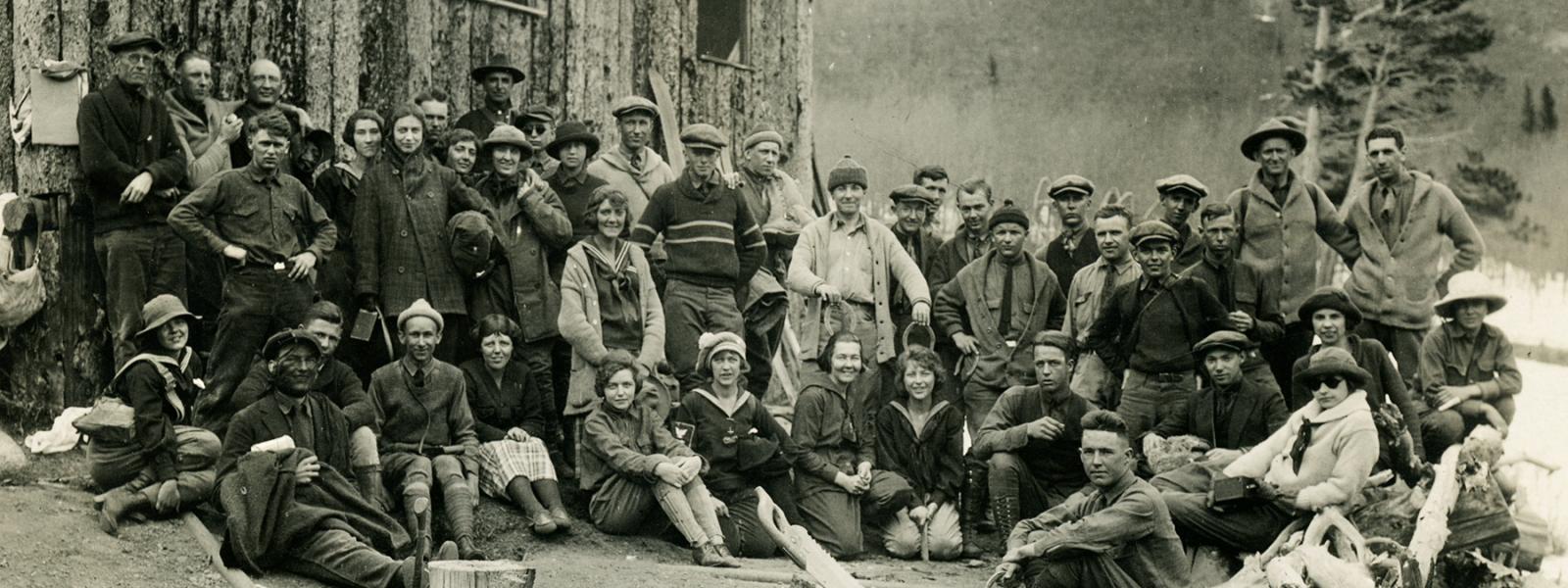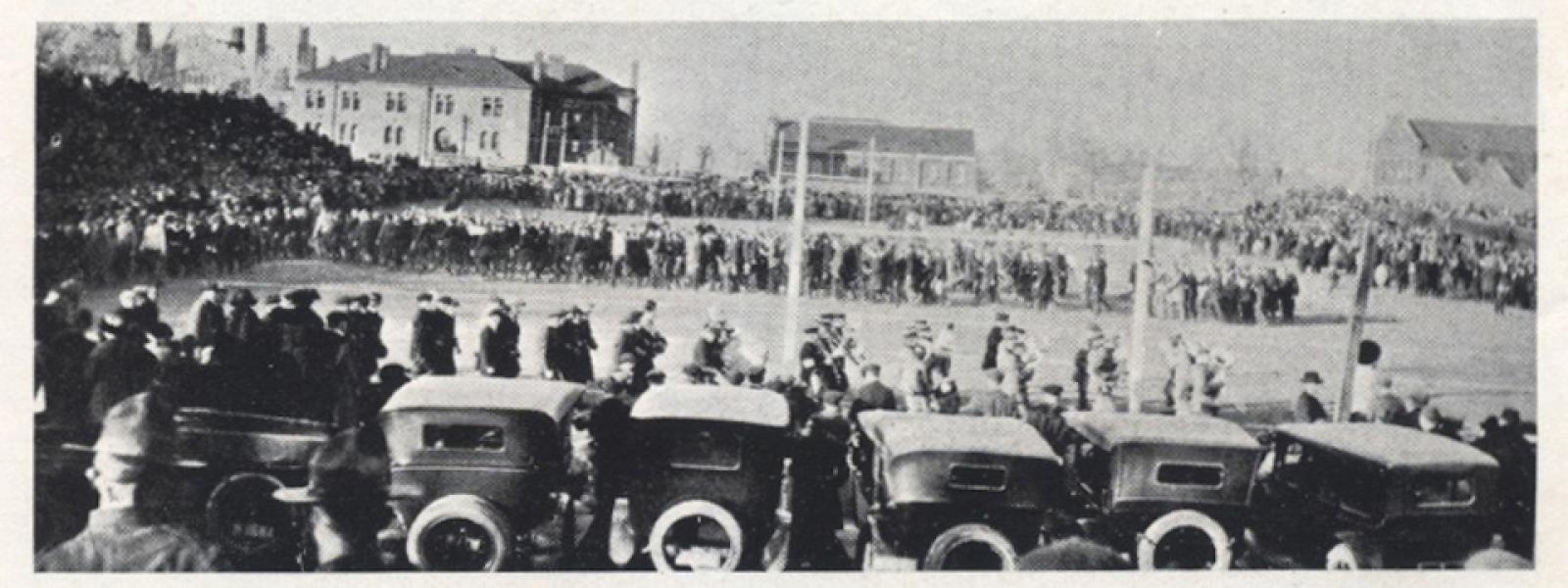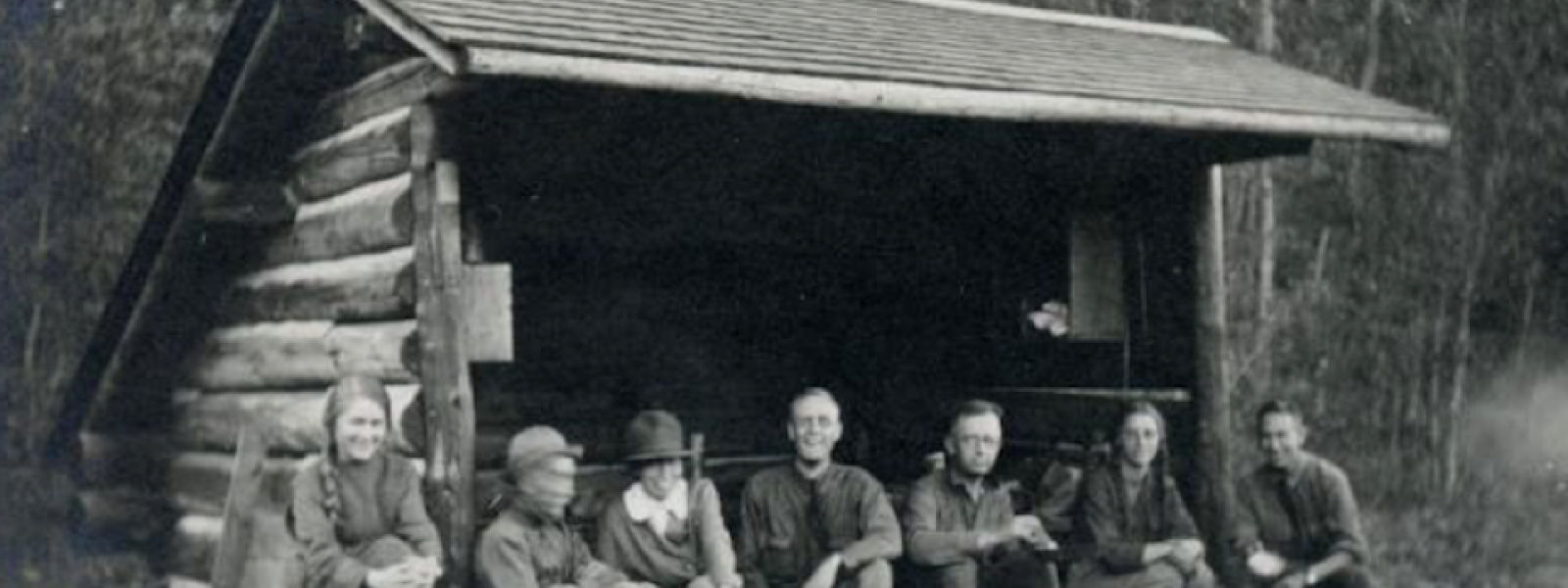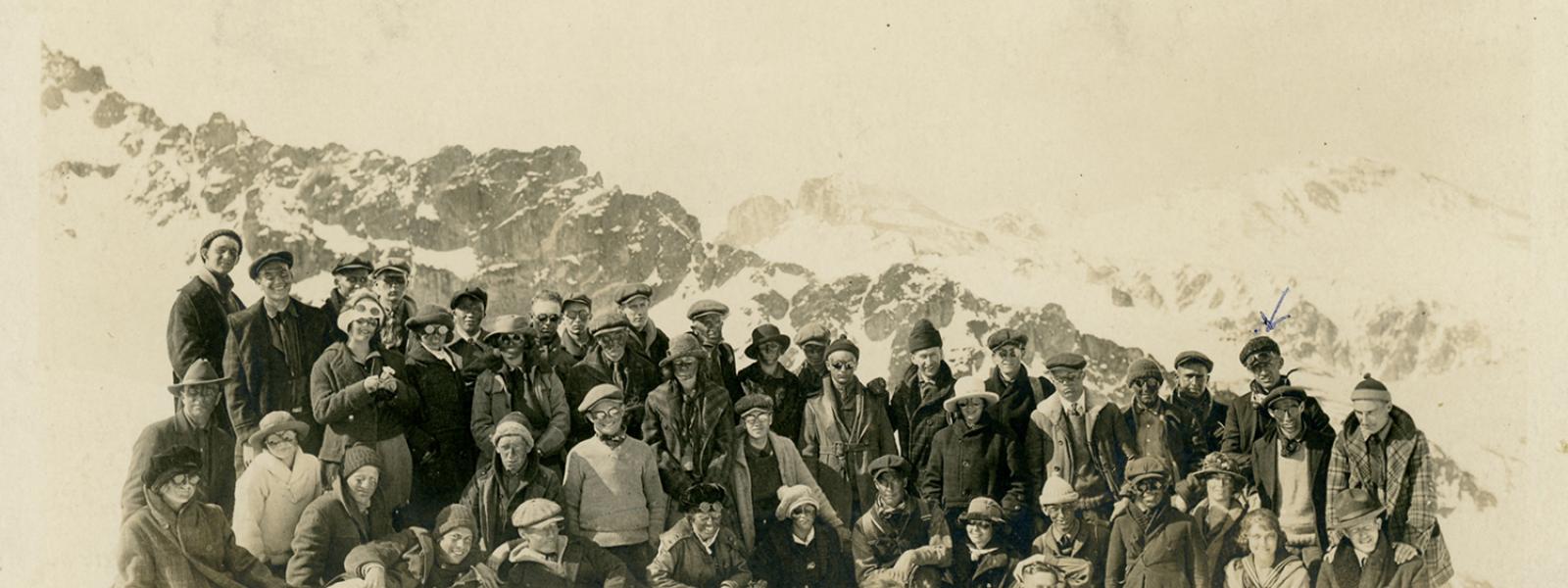Old Main’s “Frankenstein” Switch
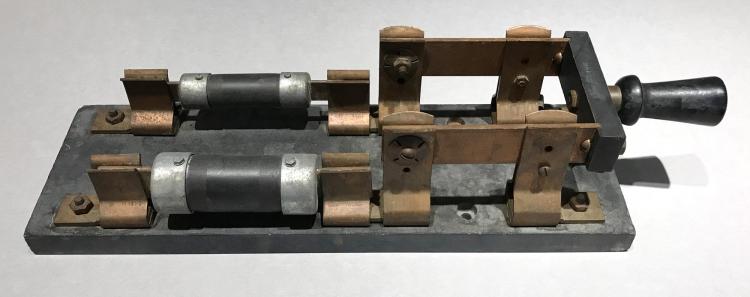
During a renovation project in Old Main around 1969, workers told a student he could take anything he wanted since all the scrap would end up in the dumpster. So, not surprisingly, the student chose the electrical switch. Who wouldn’t want a “Frankenstein” switch of their own?! When the donor gave it to the Heritage Center, he told us the switch came from the ground level near the central corridor, but he knew nothing else about it.
Our first thought was to pull copies of the 1921 floorplans which were the basis of the 1924-1925 renovations in Old Main. The ground level drawing shows two switch boxes (S.B.) in the same area where the donor remembered removing the switch. Not much to go on.
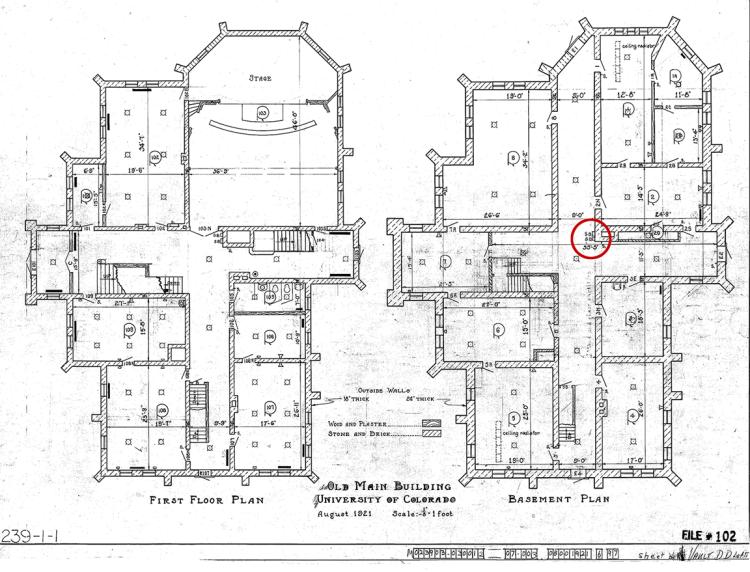
Old Main floor plans, 1921. Architectural Drawings Collection, Heritage Center.
After examining the electrical switch, the only identifying feature, other than being ridiculously heavy due to the slate base plate, was a tiny triangular logo, about .25” at its widest point, stamped into the slate bottom of the handle.
By using a flashlight to shine a raking light for better contrast, the logo became more visible. It appeared to be a “T” sitting above a “V” inside a triangle. The only other legible element was “CONN USA.”

Trying to identify the logo proved a bit more challenging than expected, but after a long list of potential search terms, a logo from the U.S. Patent Office finally revealed itself. Now we have a name behind the logo! While The Trumbull-Vanderpoel Electric Manufacturing Company had been around since 1912, the logo on our switch dated at least from 1919. The location of the company in Bantam, Connecticut also helped solve the mystery of the other word in the stamped logo.
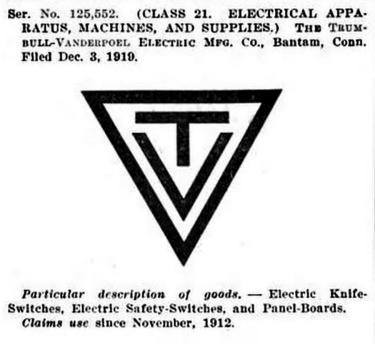
Official Gazette of the United States Patent Office.
After combing through a digitized copy of the Westinghouse Catalog of Electrical Supplies and locating an advertisement in Electrical Record magazine, we think we deciphered the model of this electrical switch as a Trumbull-Vanderpoel Electric Manufacturing Company single throw, double pull, fused at the bottom knife switch.
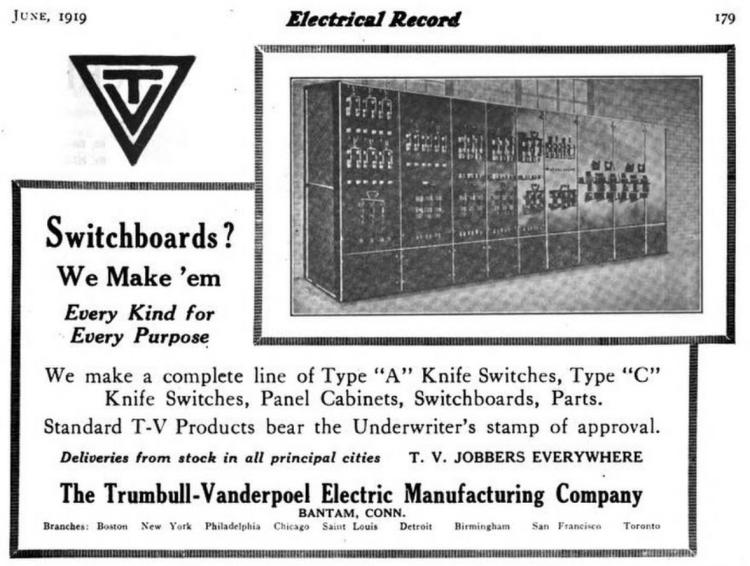
Electrical Record.
Based on the patent date of the company logo and electrical catalog descriptions, we believe the installation of the switch into Old Main occurred during the building’s renovation in the 1920s. Daniel Charlton brings a bit more clarity about the electrical upgrade in a 1924 Colorado Alumnus magazine article. In addition to reporting on the extensive upgrades to Old Main, he emphasized that “rooms that have been successively lighted by candles, kerosene lamps, gas mantles, and electric lights are being scientifically lighted by semi-direct electric lighting systems.” While most likely not a part of the original electrical wiring in the building, this switch represents the installation of a new lighting approach where a majority of a room's illumination is from the ceiling.
Sources:
Charlton, Daniel A. “Old Main Begins Remodeling Throughout For Another Lifetime of Useful Service.” Colorado Alumnus, Nov, 1924, 11-18.
Electrical Record 25, no. 6, June 1919.
Official Gazette of the United States Patent Office. Washington, DC: Government Printing Office, Feb. 1920.
Westinghouse Catalog of Electrical Supplies 1923-1924. East Pittsburgh, PA: Westinghouse Electric and Manufacturing Company, 1924.
White, Alain C. The History of the Town of Litchfield, Connecticut 1720-1920. Litchfield, CT: Enquirer Print, 1920.
Do you have a question about this article? Is there a piece of campus history that has always intrigued you and want to know more? Send an email to the Heritage Center’s Chief Curiosity Correspondent, and see if we can answer your question. It might just end up here!


